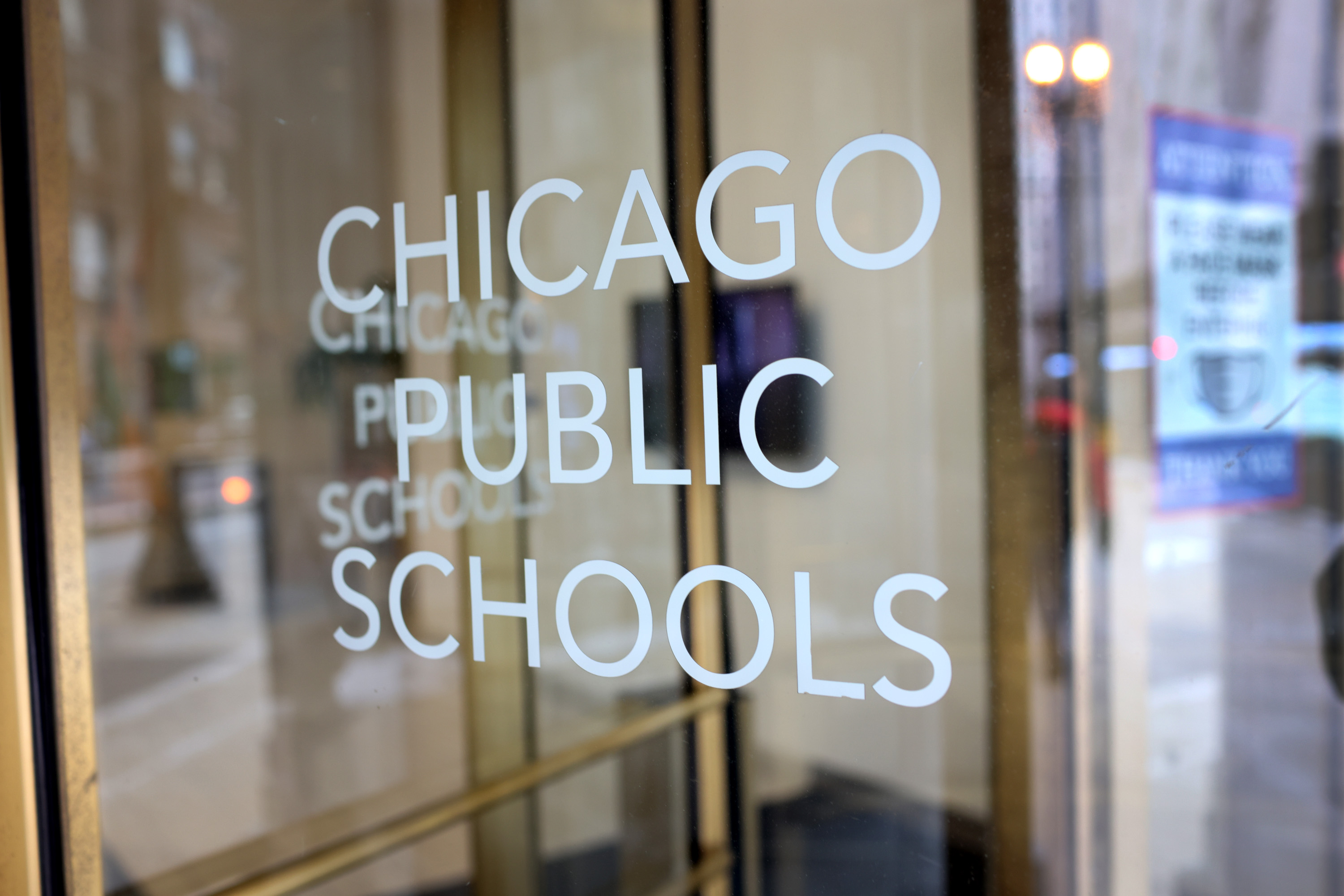Numerous tornadoes touched down across the Chicago area on Wednesday, and according to the NBC 5 Storm Team, a specific weather phenomenon was at least partly to blame.
That phenomenon is known as an “outflow boundary,” or a “gust front.”
Those boundaries are the leading edge of cool surface-level winds that result from the downdrafts of thunderstorms, like the ones that formed early in the afternoon on Wednesday in the Chicago area.
Those cool winds race towards the ground, and can spread out far beyond where they originated from.
When that happens, the air often bumps into warm and unstable air and then acts like a wedge, forcing that warm air upward.
New thunderstorms can often form in these areas, and if they run into the outflow boundary, the low-level wind shear can cause thunderstorms to exhibit rotation, and that’s when tornadoes can form.
A tornado forms when rising warm air and sinking cool air cause spinning air currents inside a cloud. That rotation then turns from horizontal to vertical orientation, then descends to the ground, and a tornado forms.
Local
Numerous touchdowns were reported across the area on Wednesday afternoon, causing damage in communities from Campton Hills to South Elgin.
One tornado even touched down near Chicago’s O’Hare Airport, damaging structures and causing a ground stop to be declared by the FAA.
Feeling out of the loop? We'll catch you up on the Chicago news you need to know. Sign up for the weekly Chicago Catch-Up newsletter.



